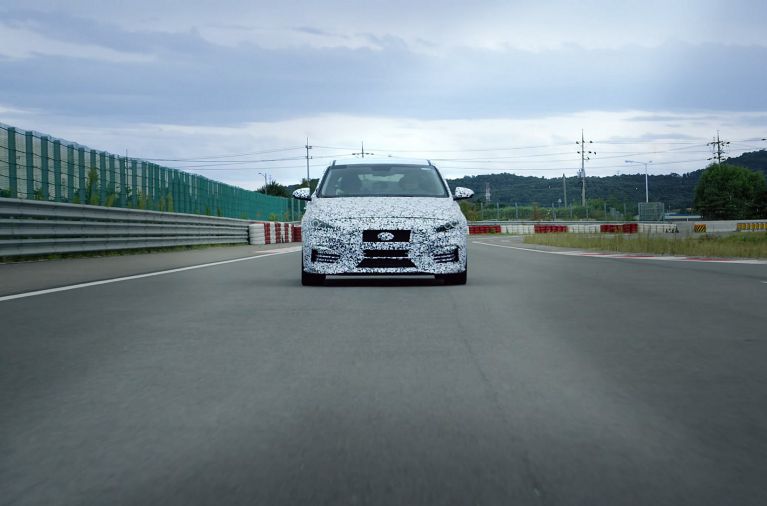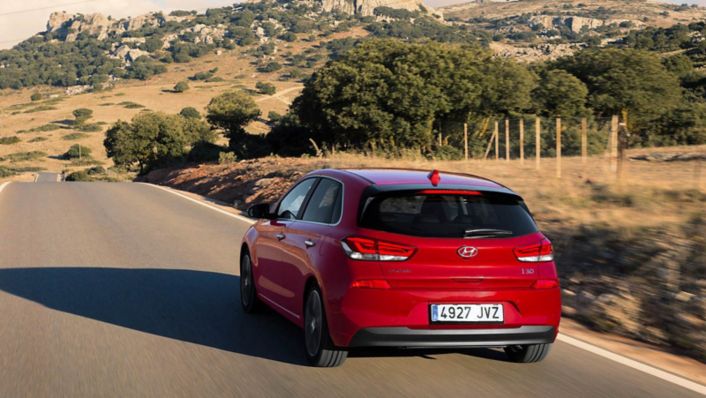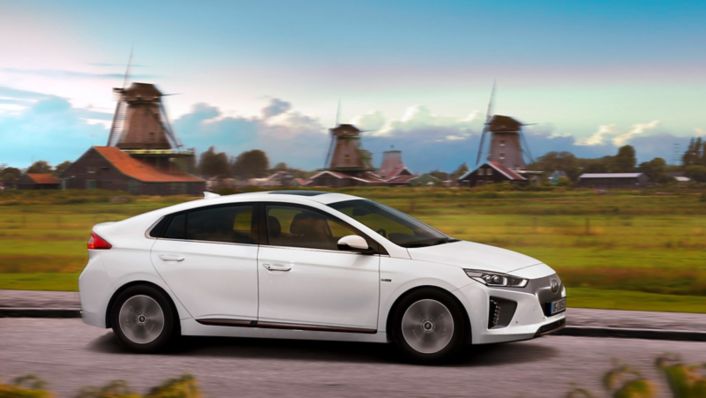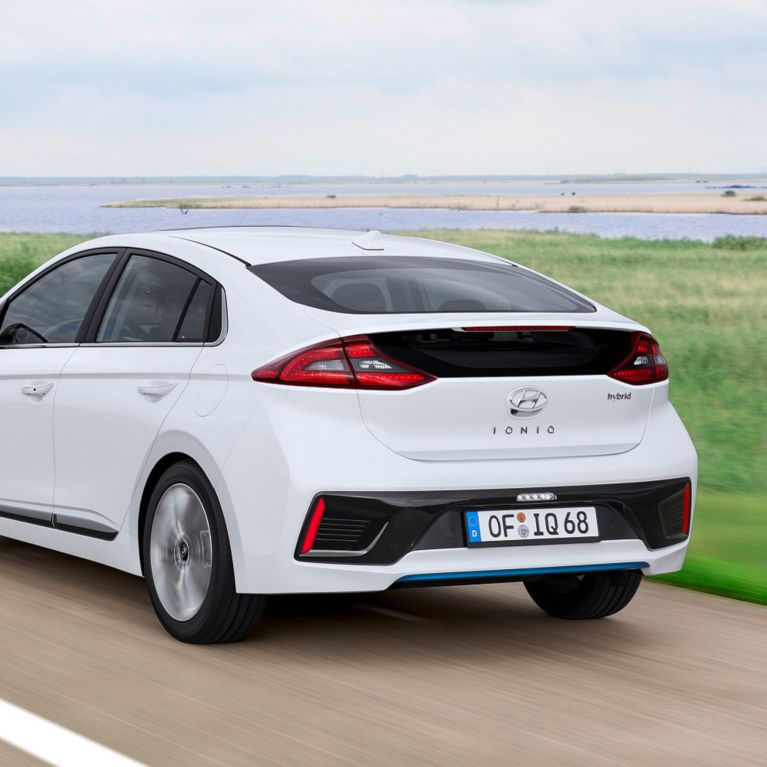The main focus of what makes a car fuel efficient is usually its engine and other internal components. But there’s another element that plays a big role when you put your foot on the accelerator: air.
Unless you’re struggling to breathe, you’d be forgiven for not having this lung-inflating substance at the forefront of your mind, even when taking a drive. When there’s little wind outside, or if you’re not driving particularly quickly, it appears to play little part in a vehicle’s progress. But if it’s a gusty day, or the needle starts to creep up the speedometer, the effect that air resistance has on your car’s acceleration, kilometres per litre achieved and handling become increasingly significant.
This is where aerodynamics comes to the fore. Car manufacturers have been steadily improving it for several decades, making each successive model more ‘slippery’ so that air flows around it with the least resistance possible, boosting performance and fuel economy.
This is where aerodynamics comes to the fore. Car manufacturers have been steadily improving it for several decades, making each successive model more ‘slippery’ so that air flows around it with the least resistance possible, boosting performance and fuel economy.
The introduction of wind tunnels
The aerodynamic efficiency of a car's shape is measured by its co-efficient of drag, known as its Cd figure). For example, a flat plate held at right angles to an oncoming airflow has a Cd of 1.25, whereas the most efficient of today’s cars have a Cd of about 0.28.
Until the 1980s, however, the art of streamline design was pretty much restricted to the kind of high end sports cars that were well beyond the reach of most drivers. That all changed when car manufacturers started to utilise a bit of kit that had long been a fixture in the aviation industry: the wind tunnel.
In a wind tunnel, a prototype design is anchored down and a stream of air blown towards it to simulate the conditions that the car would encounter when driven forward. The model can also be turned round at various angles to the airstream to allow engineers to see how the body shape behaves in side winds.
Once the car is set up in the wind tunnel, computers measure the amount of drag it generates by the amount of force that the car exerts on its anchored-down wheels as the air is blown past it. Although an early prototype may initially have a low co-efficient, once practical features such as air intakes and door handles are added, the model’s efficiency can fall.

The art of streamline design
Modern design techniques that help reduce drag include a low, smoothly sloping nose to cut through the air, a windscreen that sits almost flush with the surrounding bodywork so airflow is not interrupted, side windows that are also nearly flush with the bodywork and wheel trims have a minimum of contours.
Careful attention to detail, such as recessing the door handles and streamlining outside mirrors, helps prevent loss of efficiency by keeping air resistance to a minimum. Other aerodynamic features include recessing the windscreen wipers under the scuttle panel when not in use and eliminating raised gutters around the edges of a car’s roof.

Drag isn’t the only aerodynamic consideration in car design – lift and downforce are important factors too. Lift is the force that opposes the weight of an object and raises it into the air, especially at high speeds. To counteract it, manufacturers have adapted the front wings, front diffusers and rear spoilers seen in F1 to generate downforce and keep a car pressed towards the ground.
The aerodynamics of electric cars
One of the challenges that manufacturers face in their quest to develop electric cars is to create a design that boasts good aerodynamics without compromising on the attractiveness of the car itself. In crafting the exterior appearance of IONIQ, Hyundai’s designers concentrated on the car’s future-orientated character, creating an attractive coupé-style silhouette that incorporates aesthetics and efficiency. Combining the best of traditional car design, every element ensures a smooth and undisturbed flow of air over the car.
IONIQ’s sleek exterior shape is inspired by aerodynamic efficiency complementing the soft lines and surfaces that trace the car’s outline, harnessing airflow to minimise air resistance and emissions. Its exterior panels are designed to flex to boost aerodynamics further, which, when combined with various other smart efficiency solutions, produces a class-leading Cd value of just 0.24.
The IONIQ’s diffuser and rear spoiler generates downforce for more optimised handling at higher speeds, while minimising the effect of drag. The gentle slope of the roofline merges seamlessly into the rear spoiler, while slim contoured door mirrors aid airflow and minimize wind noise, creating a shape that is both sporty and aerodynamically efficient.

Concealed within the black high gloss grille of the IONIQ Hybrid is the smart cruise control radar sensor and the active air-flaps. The latter automatically open or close to reduce aerodynamic drag which regulates the cooling system and enhances aerodynamics at speed. The dynamic C-shape Daytime Running Lights also define the subtle intakes that feed the active airflow, reducing turbulence around the front wheels.
Because the IONIQ Electric doesn’t have a petrol engine which needs cooling, the front grille has been designed as a clean, sleek surface to further optimise the aerodynamics.
The standard alloy wheels (15” on the IONIQ Hybrid, 16” on the IONIQ Electric) feature trims with swirl-effect spokes in silver and black to enhance aerodynamic performance and are fitted with ultra-low rolling resistance tyres. In addition, bumper vents guide airflow into the front wheel arch, creating an ‘air curtain’ that guides airflow along the rest of the car’s body.
The result is a range of up to 1,126 km for the IONIQ Hybrid, and a one-hundred per cent emissions-free range of up to 280 km for the IONIQ Electric.
Because the IONIQ Electric doesn’t have a petrol engine which needs cooling, the front grille has been designed as a clean, sleek surface to further optimise the aerodynamics.
The standard alloy wheels (15” on the IONIQ Hybrid, 16” on the IONIQ Electric) feature trims with swirl-effect spokes in silver and black to enhance aerodynamic performance and are fitted with ultra-low rolling resistance tyres. In addition, bumper vents guide airflow into the front wheel arch, creating an ‘air curtain’ that guides airflow along the rest of the car’s body.
The result is a range of up to 1,126 km for the IONIQ Hybrid, and a one-hundred per cent emissions-free range of up to 280 km for the IONIQ Electric.











